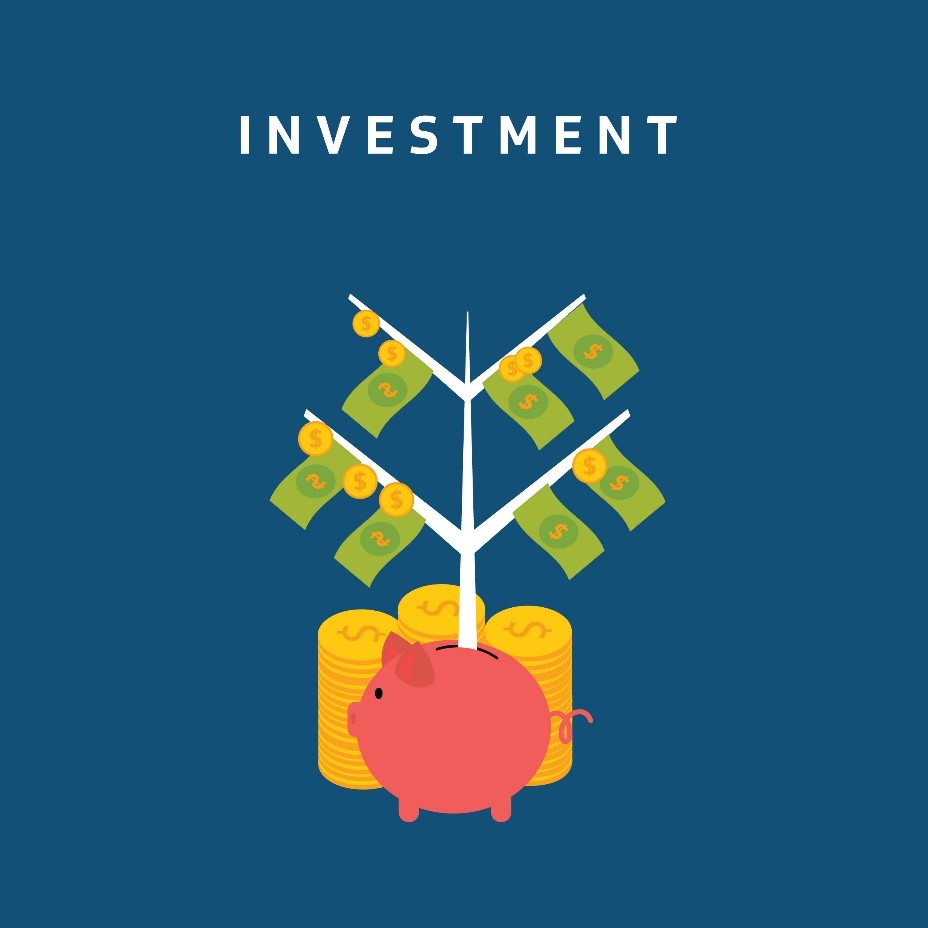Avi Bialo, an accomplished Wealth Management Advisor, is renowned for his financial prowess, client-centric approach, and adept relationship-building skills. Specializing in tailored investment portfolios, Avi Bialo seamlessly blends growth and fixed-income assets with insurance products, aligning each portfolio with clients’ unique goals. Holding key licenses, including FINRA Series 7 and state licenses, Avi prioritizes diversification and thorough research, aiming for consistent returns with liquidity and minimal market volatility in his wealth management strategies. In the following article Avi Bialo explores the strategies and considerations behind crafting bespoke investment portfolios that strike this delicate equilibrium.
In the dynamic world of finance, creating investment portfolios that seamlessly integrate both growth and fixed-income assets is an art form. Achieving a harmonious balance between these elements is crucial for investors seeking sustainable growth and income.
Avi Bialo Discusses Understanding the Components: Growth vs. Fixed-Income Assets
Before delving into the intricacies of crafting balanced portfolios, it’s essential to understand the fundamental differences between growth and fixed-income assets.
Growth Assets
Avi Bialo explains that growth assets, such as stocks and real estate, have the potential for capital appreciation over time. These investments are generally associated with higher risk and volatility but offer the prospect of significant returns, making them a key driver for long-term wealth accumulation.
Fixed-Income Assets
On the other hand, fixed-income assets, including bonds and certificates of deposit (CDs), provide a steady stream of income through interest payments. Avi Bialo says that while fixed-income investments typically offer lower returns compared to growth assets, they are considered more stable and serve as a crucial component for income generation and capital preservation.
The Art of Balancing Act: Why It Matters
Crafting an investment portfolio that achieves a balance between growth and fixed-income assets is essential for several reasons:
• Risk Mitigation
Avi Bialo explains that balancing growth and fixed-income assets helps mitigate overall portfolio risk. In times of market volatility, the stability of fixed-income investments can offset the potential losses associated with growth assets.
• Income Generation
Fixed-income assets provide a reliable income stream, ensuring a consistent cash flow that can be crucial for meeting financial goals and addressing short-term needs.
• Long-Term Growth
Growth assets contribute to the long-term appreciation of the portfolio. Avi Bialo reports that a well-balanced mix allows investors to capitalize on market opportunities while maintaining stability through income-generating instruments.
• Diversification
Diversifying between growth and fixed-income assets reduces the impact of adverse market conditions on the overall portfolio. This diversification is a cornerstone of risk management.
Strategies for Crafting Balanced Portfolios
Avi Bialo Assesses Risk Tolerance and Goals
Understanding an investor’s risk tolerance and financial goals is the first step in crafting a balanced portfolio. Avi Bialo says that investors with a higher risk tolerance may allocate a larger portion to growth assets, while those prioritizing income may lean towards fixed-income investments.
 Age and Time Horizon
Age and Time Horizon
Younger investors with a longer time horizon may lean towards a more growth-oriented portfolio, given their ability to weather market fluctuations. As investors approach retirement, a gradual shift towards fixed-income assets may align with income needs.
Regular Rebalancing
Avi Bialo says that markets are dynamic, and asset classes can experience varying degrees of growth. Regularly rebalancing the portfolio ensures that the intended asset allocation is maintained, preventing any drift from the desired balance.
Quality Over Quantity
Emphasizing the quality of individual investments within each asset class is paramount. Choosing reputable growth stocks and reliable fixed-income instruments contributes to the overall stability and performance of the portfolio.
Global Diversification
A well-balanced portfolio should not only consider the mix between growth and fixed-income assets but also diversify geographically. Global diversification helps manage risk by reducing exposure to regional economic downturns.
The Role of the Financial Advisor
Avi Bialo explains that navigating the complexities of crafting balanced investment portfolios often requires the expertise of a seasoned financial advisor. Professionals like a Wealth Management Advisor with extensive experience can provide invaluable insights into the nuances of asset allocation, risk management, and market trends.
Conclusion
Striking the balance between growth and fixed-income assets is a nuanced process that requires a deep understanding of an investor’s goals, risk tolerance, and market dynamics. Crafting a bespoke investment portfolio that achieves sustainable growth and income involves careful consideration, regular evaluation, and, often, the guidance of a seasoned financial advisor. By embracing the art of this balancing act, investors can navigate the complexities of the financial landscape with confidence, positioning themselves for long-term financial success.
Securities offered through Arete Wealth Management, LLC, members FINRA, and SIPC. Investment advisory services offered through Arete Wealth Advisors, LLC an SEC-registered investment advisory firm.



 Age and Time Horizon
Age and Time Horizon


